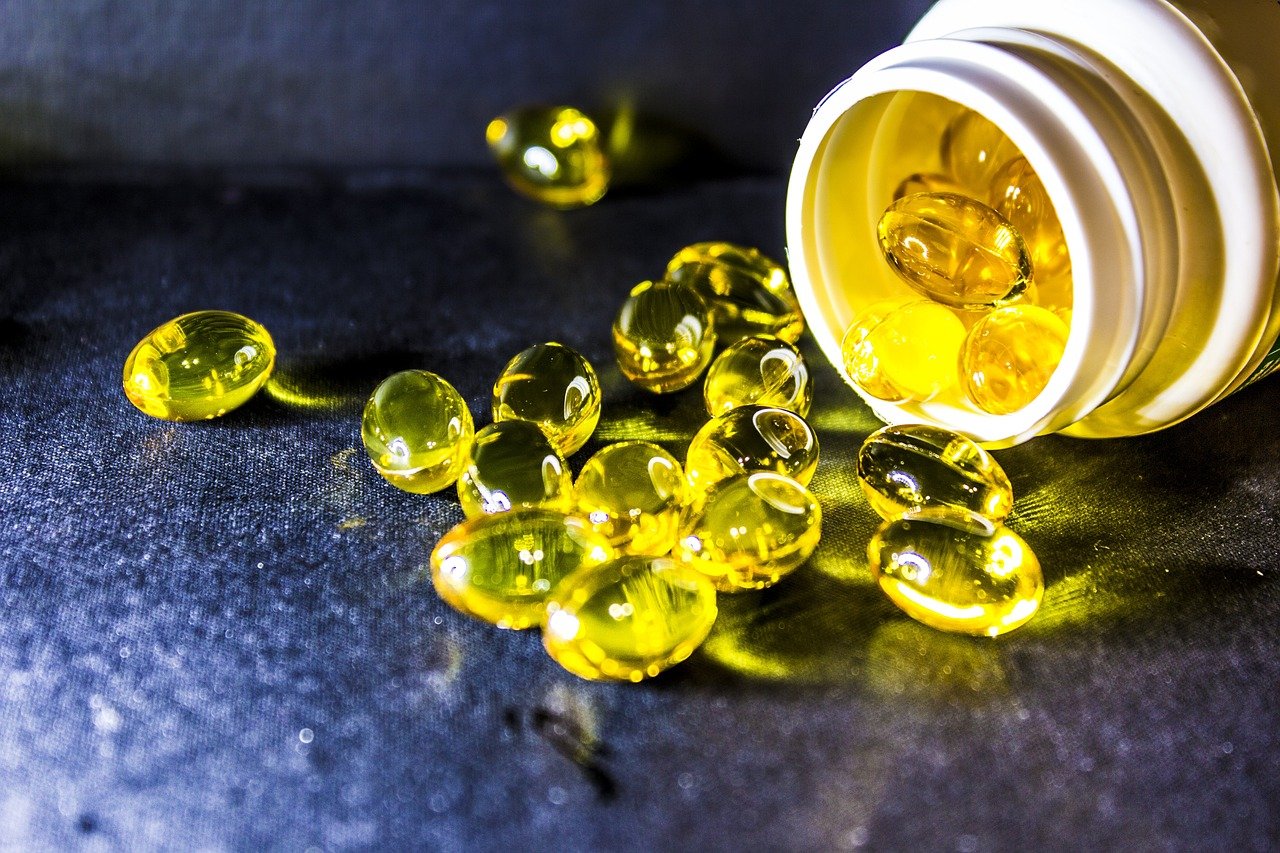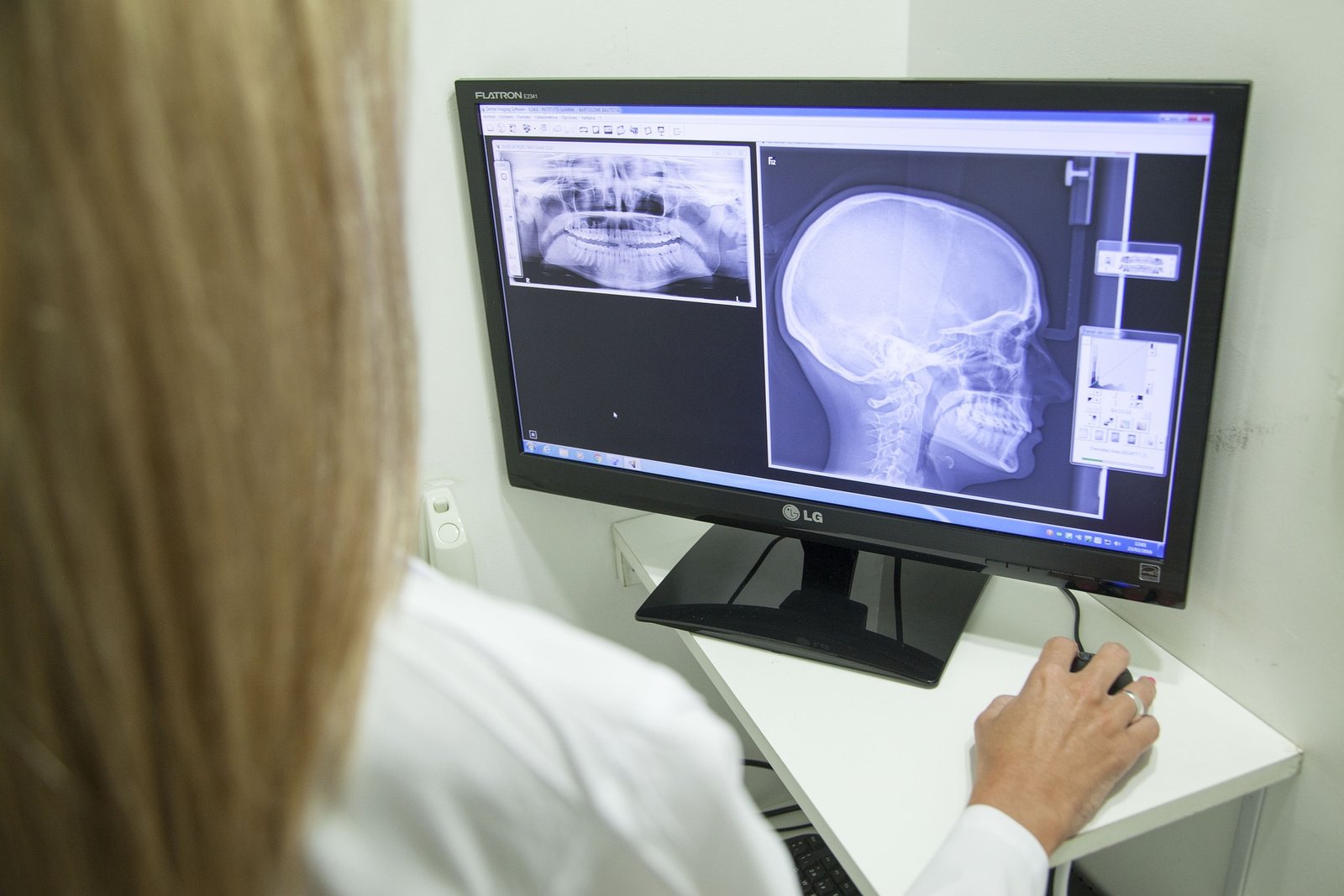Leukoplakia or a white patch is a potentially malignant lesion developed inside the mouth. It originates after clubbing the two Greek words, i.e., leuko meaning white and plakia meaning patch. By definition, it is a white or plaque that cannot be rubbed or scraped off and which cannot be attributed to any other diagnosable disease. The characteristic white color of the plaque is due to the thickening of the keratin layer. oral leukoplakia develops as a reactionary mechanism to protect the underlying tissues.
The reasons why this plaque is formed are variable such as mucosa (tissues inside the mouth other than teeth) is chronically (for longer duration) irritated by any mechanical, chemical or galvanic means. The source of irritation may be malaligned teeth, poorly fitted dentures, sharp edge of tooth, broken tooth, hot spicy food. Other main reason behind a developing leukoplakia is tobacco in the form of both smoking and smokeless tobacco. Also, cases of leukoplakia are more found in alcohol consumers, both regular and occasional. A herbal extract called as sanguinaria used widely in toothpastes and mouth rinses also lead to leukoplakia. Fungal infection in the mouth, most common being candidiasis leads to candidal leukoplakia. Among other factors include vitamin and nutritional deficiency, dry mouth or xerostomia, certain drugs, viruses like herpes simplex etc. leads to the formation of leukoplakia inside the mouth. An idiopathic leukoplakia, i.e., leukoplakia found without any definite underlying cause has higher potency of malignant transformation.
Leukoplakia is mostly seen in males in older age group of 35 years and above mainly because of higher tobacco consumption seen in the males. Mostly seen on buccal mucosa (inner cheek area) and the corners of the cheek, i.e., the commissurals. Other areas that may be involved include lips, tongue, palate, floor of mouth. Leukoplakias seen on the floor of the mouth mimic the ebbing tide due to its similar appearance of the undulations left on the sand.
The leukoplakic patch can vary in size from a small, well-localized lesion to large, irregular, diffusely spread type with color varying from white to yellowish white. The outer surface is usually rough or wrinkled. The patients may be asymptomatic and report without any complaint and may have burning sensation in the mouth.
Clinically, doctor/dentist may classify a leukoplakic lesion into homogenous, ulcerated, nodular, verrucous, proliferative or erytroleukoplakia. He/she may also decide the staging of the leukoplakia depending on its size, clinical presentation, histopathological features and the site of the lesion, i.e., on which surface of the oral cavity/mouth, it is present. After a clinical diagnosis is made, biopsy is performed and the confirmatory diagnosis is made. Based on the final diagnosis made after histopathologic/biopsy report, the treatment is planned.
Firstly, the causative factor behind the patch is eliminated. The patient is asked to quit the habit of tobacco consumption, if any. The sharp or broken tooth is either removed or fixed by the dentist as soon as possible or a faulty, loose fitting denture is replaced by a new pair of denture. Any other factor including vitamin or nutritional deficiency, fungal or viral infection is assessed and eliminated.
Apart from removing the underlying cause of the plaque, the conservative and supportive treatment is provided to the patient. It includes vitamin therapy with 4000 IU daily for 3 months, 1.5-2 mg/kg body weight of retinoic acid for 3 months, vitamin A and vitamin E synergistically, antioxidants like beta-carotene or herbal antioxidants curcumin. In cases of leukoplakia associated with candidiasis, nystatin therapy proves to be beneficial with antimycotic preparation.
The surgical removal of the leukoplakic patch may also be done by various modes like the conventional method of surgery using scalpel and blade. The incision is made at least 2 mm of the safe margins or the normal tissue so as to remove the plaque completely. Also, cryosurgery, electrocautery and electrosurgery is helpful in removing the plaque.
Carbon dioxide laser surgery or ablation of the affected tissue provides a bloodless field while surgery and helps in removing the tissue effectively. These are preferred in the mouth because of high affinity of lasers to any tissue having high water content and also because of their less deeper penetration in the tissues.
Some of the other lesions which may look similar to leukoplakia include:
1. Lichen planus: reticular or net like pattern called as Wickham’s striae present
2. Chemical burn
3. Leukoedema: the lesion will disappear on stretching the mucosa
4. Cheek biting: habit of biting the mucosa with teeth is present
5. Psoriasis: Auspitz sign present
fitness trends – Pupa Style beginner tren cycle nude fitness barbie vintage tube
Frequently asked questions (FAQs):
1. Is oral leukoplakia cancerous? Leukoplakia is a precancerous lesion. An early detection of the lesion helps in curing the lesion, but if it is left untreated, it might transform into cancer.
2. What are chances of oral leukoplakia transforming into malignancy? 0.13 to 17.5% within a time span of 15 years
3. Is every white patch in mouth is oral leukoplakia? No, a proper diagnosis can be made only by a specialist in this field
4. Can burning sensation be present with oral leukoplakia? Usually, burning sensation is absent. In case of atrophy of the mucosa, erythema and burning sensation may be present
5. Is oral leukoplakia curable? Yes, till the time malignant transformation has not occur and the biopsy report confirms the premalignant cells, cases of oral leukoplakia are curable by conventional or surgical means.







